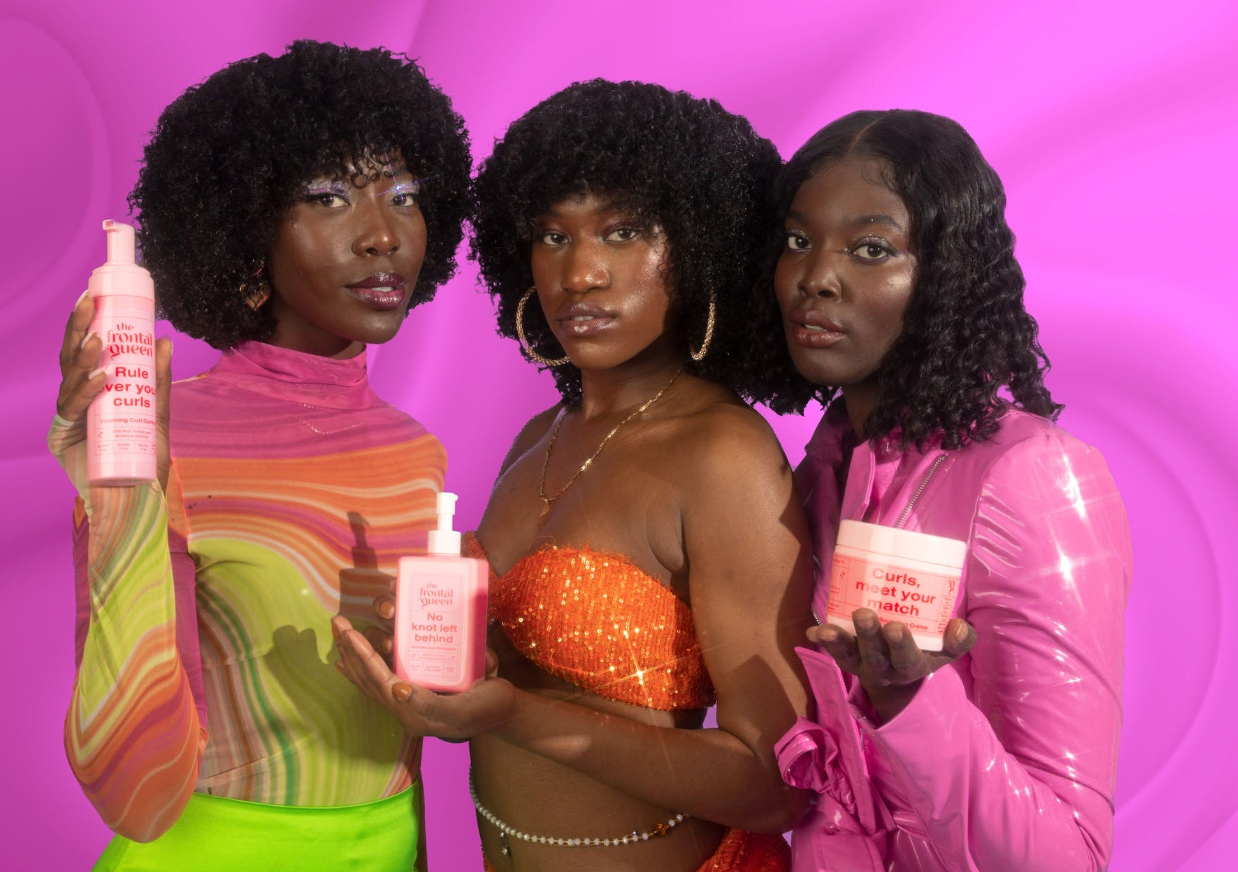Alopecia Awareness
WHAT IS ALOPECIA?
It is a common situation for most of us to shed around 75 to 100 strands of hair per day. The typical hair growth cycle of a person can last around 2 to 6 years and the scalp can regrow fresh hairs in approximately twelve weeks. On the other hand, lots of people will shed more than 100 strands of hair per day. Sadly there is an increasing number of males and females who experience baldness and the numbers are increasing every day.
Alopecia is defined as a loss of hair from the head or body. Baldness can refer to general hair loss or androgenic alopecia (male pattern baldness). Some types of baldness can be caused by alopecia areata, an autoimmune disorder. The extreme forms of alopecia areata are alopecia totalis, which involves the loss of all head hair, and alopecia universalis, which involves the loss of all hair from the head and the body.
What are the different types of alopecia?
Androgenic Alopecia
It is common type of hair loss that affects both men and women. It is also known as male pattern baldness for men, described as the loss or thinning of hair on the head's crown or hairline shrinking from the temples. A U-shaped hair pattern around the back and sides of the head normally stays or hair may keep on falling out, leading to complete baldness as time passes.
Alopecia Areata
A condition generated when the immune system of the body targets the hair follicles and disturbs the natural hair growth and formation. It is still unknown what causes it, but it seems to be an anomaly wherein the immune system targets specific body tissues. Biopsies of the skin affected reveal immune cells within the follicles of hair, when they are not present normally. Alopecia areata is oftentimes linked to other autoimmune conditions like ulcerative colitis, rheumatoid arthritis, lupus, vitiligo, thyroid disease and allergic disorders. Alopecia areata in some cases happens in several members of the family, indicating a role of heredity and genes.
Alopecia Universalis
This is the most advanced type of alopecia and it is described as the total hair loss all over the body. Because absence of hairs in the body leaves areas like nasal cavity, eyes and scalp very exposed, it is very important that those with this condition take special care to guard themselves from the bacteria, sun and other extremely dangerous elements.
Alopecia Totalis
It is an auto-immune disorder resulting in total hair loss, but on the scalp only. It is a condition intermediary between alopecia areata and alopecia universalis. Alopecia totalis normally shows up in two types, first being a fairly quick and complete hair loss in the head. Second being a slower type which starts as patchy loss (alopecia areata) and develops to total hair loss in the scalp.
Ophiasis
It is a type of alopecia areata wherein the loss of hair happens in a wave-like shape surrounding the head.
Traction Alopecia
Is a hair loss condition resulting from damage to the hair follicle and papilla from continuous tension or pulling over a lengthy period of time. It usually happens in people who put on braids that are tight particularly "cornrows" that result in pulling, high tension and hair breakage. It can also be a consequence of cosmetic surgery that generates hair tension, like facelifts.
Chignon Alopecia
It is a type of traction alopecia wherein hair loss takes place at the crown of the head. It usually happens when the hair is shaped or styled in a tight bundle for a very long time period. This is typically common in ballet dancers.
Hypotricosis
It is a condition where there is absolutely no hair growth. As opposed to alopecia, where previously there was growth of hair, hypotrichosis on the other hand occurs where there was no growth of hair to begin with.
Telogen Effluvium
It is a loss of hair that occurs when the hair follicles are pushed prematurely in the growth's resting stage by illness or stress.
It is disorder where an individual pulls their hair compulsively, leading to observable hair loss.
Lichen Planopilaris
It is a disease that commonly affects the mouth and skin. It can lead to irritation, redness and permanent hair loss in some cases.
Trichorrhexis Nodosa
It is a hair fiber defect seen as a swelling and fraying nodes in specific spots down the hair fiber's length due to the lack of a cuticle layer.
Folliculitis
This is a bacterial condition that causes irritation to the hair follicles and is probably one of the most familiar kinds of skin infection. Even though it is generally insignificant, it can generate substantial disease. It can be deep or superficial, and leads to the development of an inflammatory nodule encircling the hair. Hairs that are infected can be removed easily.
What causes Alopecia areata?
People who have alopecia areata have an immune system that for an unknown reason attacks certain hair follicles by mistake. The immune system is made up of organs, cells and tissues in the body that typically protect the body from harm such as an infection. In some cases the immune system doesn’t work correctly. Scientists are not exactly sure why this happens.
Who can get alopecia areata?
Anyone, male or female from all races and ethnic backgrounds can be affected with alopecia areata. In fact about 1 out of every 50 people will have symptoms of alopecia areata at some point in their lifetime (usually before the age of 30); however, the condition usually begins during childhood. Someone who has a family member with alopecia areata has a higher risk of having it.
What are the signs and/or symptoms of alopecia areata?
People who have alopecia areata may first notice they are losing hair when they see clumps of hair on their pillow. As more hair falls out they will likely see smooth round patches of complete hair loss on their scalp but other areas of the body can be affected too. It is most common to have just one or a few patches of hair loss but sometimes a person may lose all of their hair (on their head) including eyelashes and eyebrows. This condition is called areata “totalis”.
Some people may lose all of their body hair (areata universalis); however, this is less common. Alopecia areata can affect a person’s fingernails and toenails- nails look dull and thin and in some case they may have white spots and appear “dented”. The shape of the nail usually doesn’t change and they typically don’t fall out. People who have alopecia areata do not have pain related to the hair loss and can live a healthy life.
Will my hair grow back?
About half of all people who have mild symptoms of alopecia areata will not have permanent damage to the hair follicle, so their hair will grow back naturally. However it can take up to a year. The other 50% may have permanent hair loss with or without scarring.
How is alopecia areata diagnosed?
A health care provider can usually diagnose alopecia areata by looking at the patches of hair loss as the area is usually smooth with short strands of hair that have broken off. Sometimes the provider may order a blood test to check for other possible medical conditions/autoimmune diseases that may cause hair loss such as anemia or thyroid conditions. Rarely, a biopsy where a small amount of tissue is removed from the area is needed to make the diagnosis.
Is alopecia areata contagious?
No. Alopecia areata is not contagious and cannot be passed on to others.
Can alopecia areata be cured?
Unfortunately, there is no cure for alopecia areata at this time; however, science is always moving forward and a cure may be possible in the future. The good news is there are medicines that are effective for some people.
What kind of a doctor treats people with alopecia areata?
A primary care provider can treat mild alopecia areata but more often a person is referred to a “dermatologist”, a doctor who specializes in caring for people with skin conditions.
Is it normal to feel sad about having alopecia areata?
It is totally normal to feel upset about having hair loss, but it is also normal to not be concerned; or even in time to feel proud. Everyone handles hair loss differently; however, many young women feel embarrassed about their hair loss and find it helpful to talk with a counselor or therapist.
Some young women choose to wear a wig or hairpiece, hat or scarf, false eyelashes and have a temporary tattoo (if they have no eyebrow hair). Learning about alopecia areata is empowering and finding others like you through support groups can help you realize you are not alone.
If my parent(s) has alopecia areata, will I get it?
Not necessarily, but no one really knows for sure why the immune system acts the way it does when it comes to alopecia. It is common for alopecia to run in families in which there are other autoimmune diseases. However, not every person in the family will get an autoimmune disease. Your mom or dad could be the only person in your family who develops alopecia.
Alopecia areata results from many different genes, not just one particular gene. There is no predictor for someone to know if they will inherit alopecia. According to scientific studies, many researchers believe the risk of developing alopecia from a parent is much lower than 1 in 5. Overall, the risk of someone having a child with alopecia areata is very low.
Will I have to wear a wig or hair piece?
It is completely up to you whether you would like to wear a wig, hairpiece, hat or scarf! If you are happy with how your hair looks, then rock it without a worry! It is good to keep in mind that alopecia effects people in different ways. Some people only lose little patches of hair, some people lose all of their hair, and most people are someplace in between. If you get to the point where you feel that you would like to wear a wig, then you can do some research to find one that is flattering and affordable, but you are not “required” to wear a wig if you have alopecia. Do whatever makes you feel the most comfortable, and the most confident. Do not worry about what other people say.
Are there Alopecia Charities that provide wigs?
Yes! The Frontal Queen has an Alopecia Giveaway Program for women and children who suffer from hair loss due to medically related reasons. Click here for more info.
Resources:
National Alopecia Areata Foundation (NAAF), www.naaf.org- a national support group in the United States that provides education and support to patients and their families. This organization supports research and also provides information on local support groups via their website.

